
Matrixyl – 200MG
$184.00
Discount per Quantity
| Quantity | Discount | Price |
|---|---|---|
| 5 - 8 | 5% | $174.80 |
| 9 + | 10% | $165.60 |
Scientific Overview of Matrixyl
Matrixyl is a synthetic lipopeptide that combines a fatty acid chain with a short sequence of amino acids. It is also referred to as palmitoyl pentapeptide-3 or palmitoyl pentapeptide-4. Within research contexts, Matrixyl is recognized as a signal peptide fragment related to type I collagen, which has drawn significant attention for its possible role in extracellular matrix (ECM) studies.
By incorporating a lipid component, Matrixyl may exhibit enhanced stability and improved passage through cellular environments. Researchers suggest that this lipid modification may increase the persistence of the peptide when exposed to proteases and may support more consistent delivery to targeted cells. In laboratory models, Matrixyl has been classified as a matrikine, a term used to describe peptides that may act as signaling molecules and interact with receptors on cells. This characteristic has positioned Matrixyl as a molecule of interest in studies exploring cellular communication, structural protein regulation, and extracellular remodeling processes.
The investigation of Matrixyl has grown as researchers seek to better understand how synthetic peptides might influence cellular responses, particularly in systems where collagen and other ECM proteins are central to structural integrity. While the precise mechanisms are still under study, Matrixyl appears to participate in pathways that may encourage fibroblasts to adjust protein production and ECM balance.
Matrixyl Studies and Research Data
Fibroblast Activity and Collagen Support
Research has explored how fibroblasts, the cells responsible for generating structural proteins, respond to Matrixyl under varying conditions. In laboratory settings, Matrixyl exposure has been associated with what appears to be a threshold-dependent response. At concentrations near the critical aggregation concentration (CAC), Matrixyl molecules may self-organize into nanoscale structures. These organized assemblies, such as nanotapes or fibrils, are suggested to arrange peptide sequences in a way that could make them more recognizable to fibroblasts.
Interestingly, even when fibroblast proliferation appeared to decrease in certain conditions, collagen production per cell seemed to rise. This observation suggests that Matrixyl may redirect fibroblast activity toward protein synthesis rather than division. Such findings have prompted further investigations into its potential role in counteracting matrix degradation commonly observed during cellular aging processes.
Matrixyl: Wound Closure and Tissue Remodeling
Matrixyl has also been studied in relation to wound closure and tissue regeneration. Laboratory investigations suggest that it may influence the trans-differentiation of fibroblasts into myofibroblasts, a process central to wound contraction and scar formation. By modulating proteins such as alpha-smooth muscle actin (a-SMA) and connective tissue growth factor (CTGF), Matrixyl may affect how tissues balance repair with fibrosis.
In experimental murine models, Matrixyl has been observed to potentially enhance collagen density while reducing excessive contraction, suggesting a nuanced role in supporting tissue restoration. It is posited that Matrixyl may engage signaling pathways resembling those associated with TGF-β, encouraging collagen synthesis while potentially limiting collagen breakdown. These dynamics have led researchers to consider its role in achieving a more balanced wound healing process in controlled laboratory studies.
Matrixyl: Structural Proteins and Wrinkle Research
Another research focus involves Matrixyl’s role in regulating ECM proteins beyond collagen, including elastin, fibronectin, and glycosaminoglycans. Laboratory reports indicate that Matrixyl may encourage the production of multiple structural proteins, which in turn could support tissue elasticity and firmness.
In controlled experimental studies, quantitative analyses suggested possible decreases in fold depth and thickness in tissues exposed to Matrixyl. Topometric techniques, including Fast Optical Topometry, have been used to measure changes in dermal roughness parameters, where reductions in surface irregularities were noted. These observations point toward Matrixyl’s potential to contribute to smoother structural layers, though the exact biochemical pathways remain under investigation.
Conclusion
Matrixyl has emerged as a synthetic matrikine of considerable research interest, with studies highlighting its potential roles in fibroblast signaling, collagen regulation, wound remodeling, and structural protein balance. Laboratory findings suggest that Matrixyl may operate through nanoscale organization and signaling interactions that guide fibroblast activity. While its outcomes vary across study designs, the collective research points toward a peptide with promising applications in extracellular matrix science and tissue modeling.
References
- Park H, An E, Cho Lee AR. Effect of Palmitoyl-Pentapeptide (Pal-KTTKS) on Wound Contractile Process in Relation with Connective Tissue Growth Factor and α-Smooth Muscle Actin Expression. Tissue Eng Regen Med. 2017 Jan 19;14(1):73-80. doi: 10.1007/s13770-016-0017-y. PMID: 30603464; PMCID: PMC6171572.
- Aruan RR, Hutabarat H, Widodo AA, Firdiyono MTCC, Wirawanty C, Fransiska L. Double-blind, Randomized Trial on the Effectiveness of Acetylhexapeptide-3 Cream and Palmitoyl Pentapeptide-4 Cream for Crow's Feet. J Clin Aesthet Dermatol. 2023 Feb;16(2):37-43. PMID: 36909866; PMCID: PMC10005804.
- Errante F, Ledwoń P, Latajka R, Rovero P, Papini AM. Cosmeceutical Peptides in the Framework of Sustainable Wellness Economy. Front Chem. 2020 Oct 30;8:572923. doi: 10.3389/fchem.2020.572923. PMID: 33195061; PMCID: PMC7662462.
- Robinson LR, Fitzgerald NC, Doughty DG, Dawes NC, Berge CA, Bissett DL. Palmitoyl pentapeptide provides improvement in photoaged human facial skin. Int J Cosmet Sci. 2005 Jun;27(3):155-60. doi: 10.1111/j.1467-2494.2005.00261.x. PMID: 18492182.
- Jones RR, Castelletto V, Connon CJ, Hamley IW. Collagen stimulating effect of peptide amphiphile C16-KTTKS on human fibroblasts. Mol Pharm. 2013 Mar 4;10(3):1063-9. doi: 10.1021/mp300549d. Epub 2013 Feb 4. PMID: 23320752.
- Kachooeian M, Mousivand Z, Sharifikolouei E, Shirangi M, Firoozpour L, Raoufi M, Sharifzadeh M. Matrixyl Patch vs Matrixyl Cream: A Comparative In Vivo Investigation of Matrixyl (MTI) Effect on Wound Healing. ACS Omega. 2022 Jul 11;7(28):24695-24704. doi: 10.1021/acsomega.2c02592. PMID: 35874243; PMCID: PMC9301720.
- Kaczvinsky JR, Griffiths CE, Schnicker MS, Li J. Efficacy of anti-aging products for periorbital wrinkles as measured by 3-D imaging. J Cosmet Dermatol. 2009 Sep;8(3):228-33. https://doi.org/10.1111/j.1473-2165.2009.00444.x
Disclaimer:
The products mentioned are intended solely for laboratory research and in-vitro experimentation. They are not approved for human or animal use of any kind. All details provided are for educational purposes only. By purchasing from this site, you agree to comply with our Terms and Conditions.
8 reviews for Matrixyl – 200MG
Only logged in customers may leave a review.
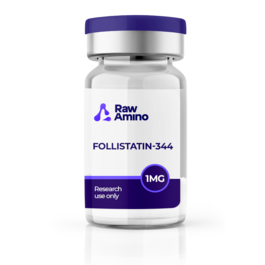
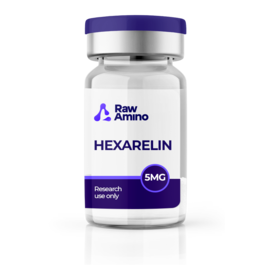
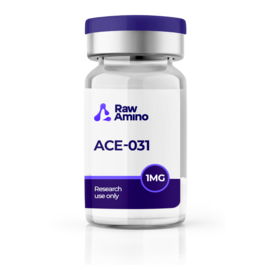
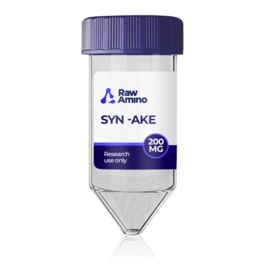
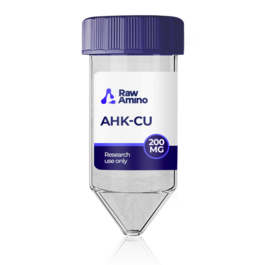
Adam R –
High grade matrixyl on the market
jacob A –
Difficult to reconstitute but otherwise no issues, just took extra time to mix
quant xx –
Meghan T –
If I’m interested in anything, I have to do extra research, which takes time. Kuddos. I’m really happy that you have a website. You’ve got everything you need right here. Peptides that I had never heard of before may now be discovered thanks to this tool.
ashley rogers –
jillian R –
mcclure james –
michele O –